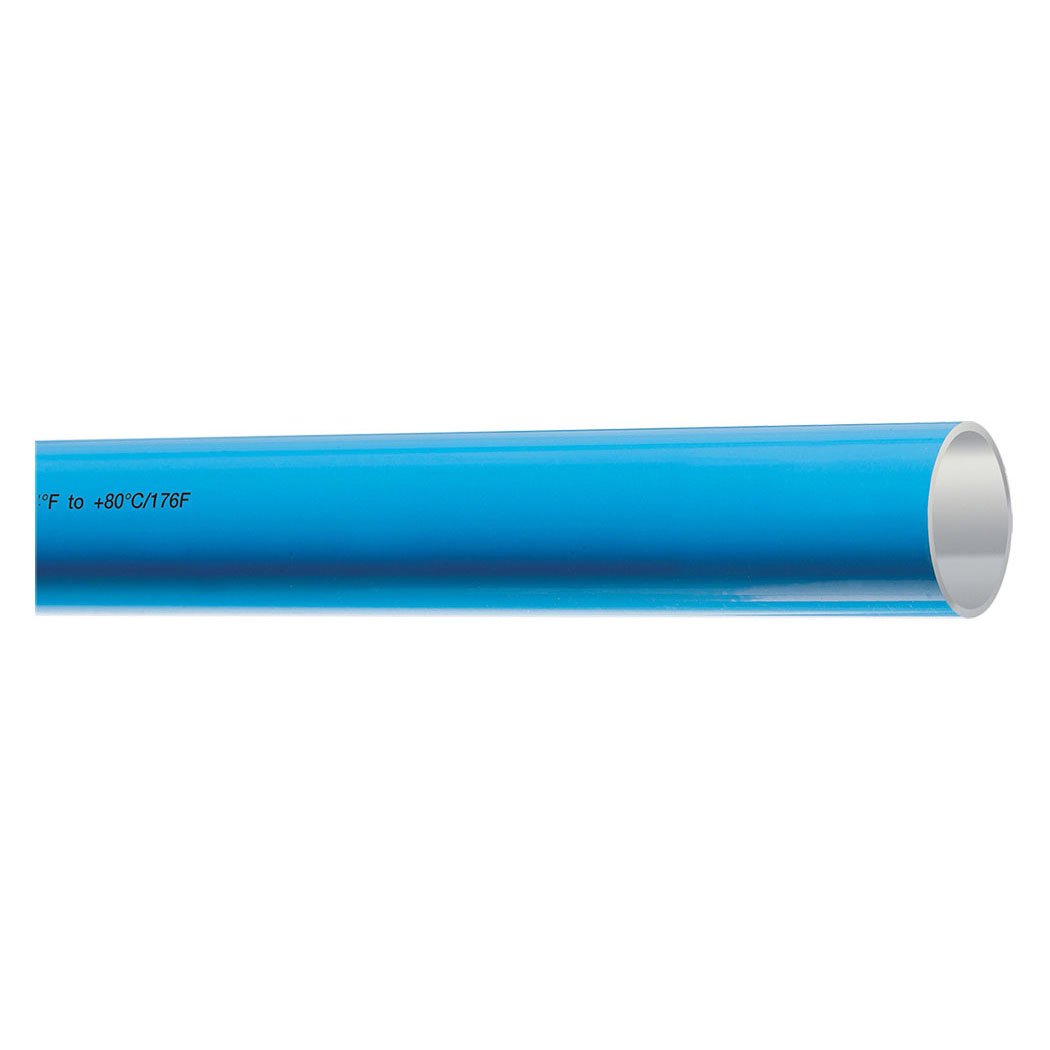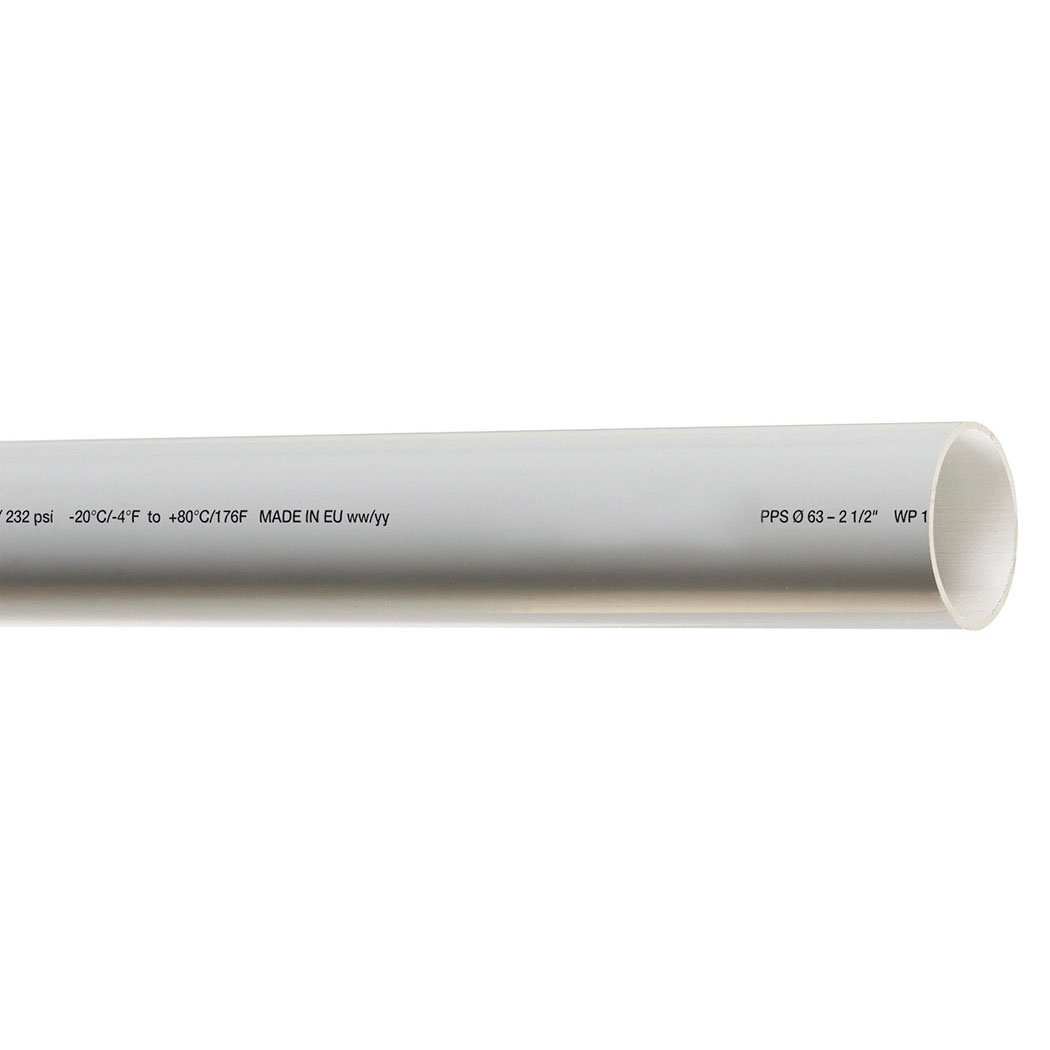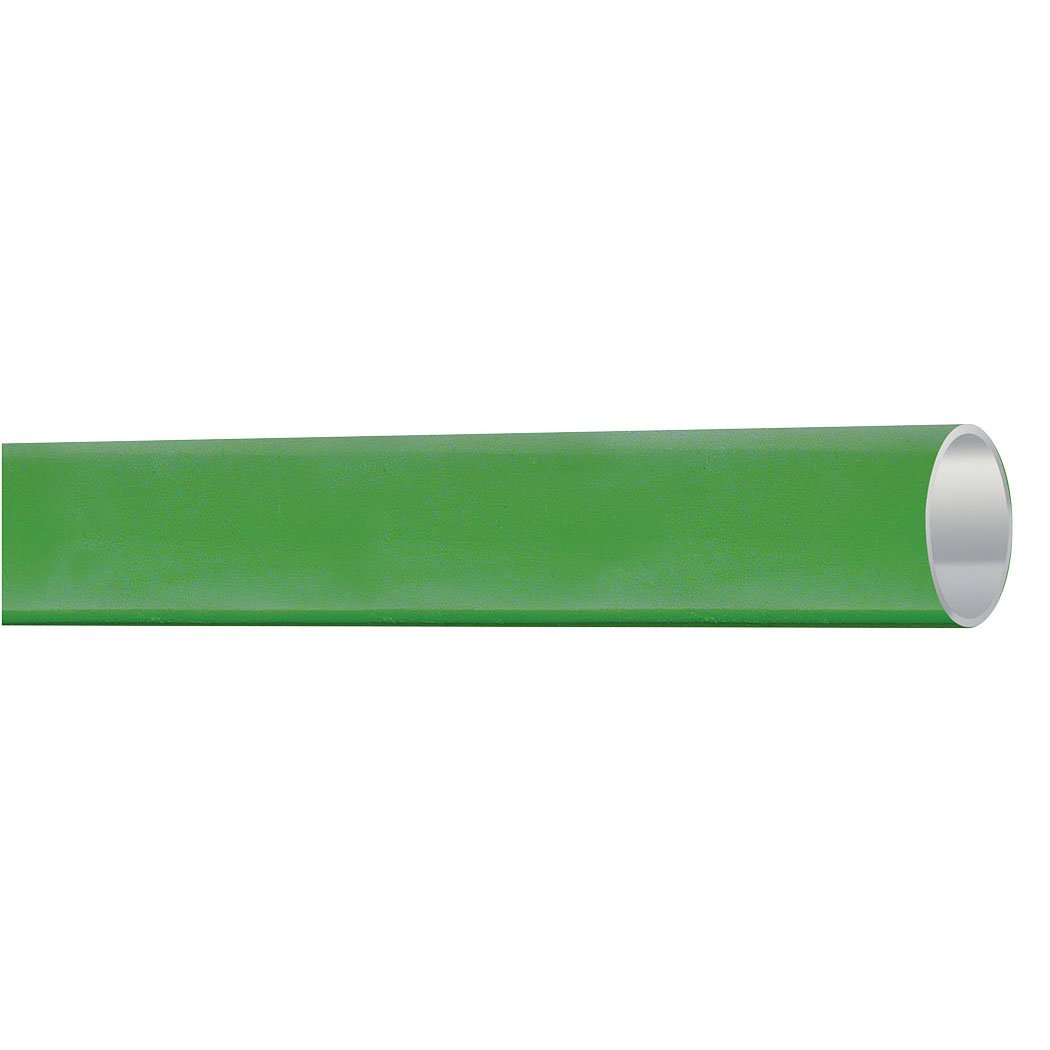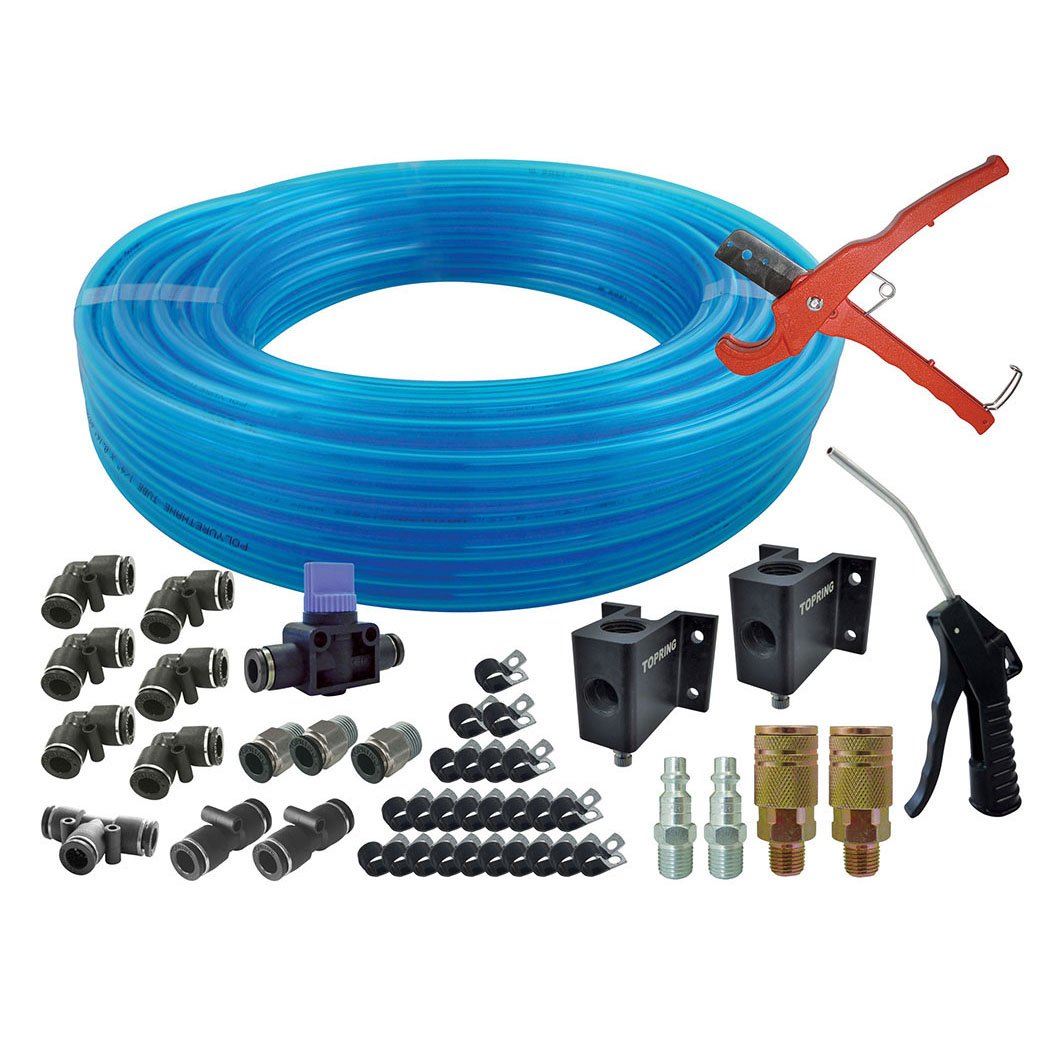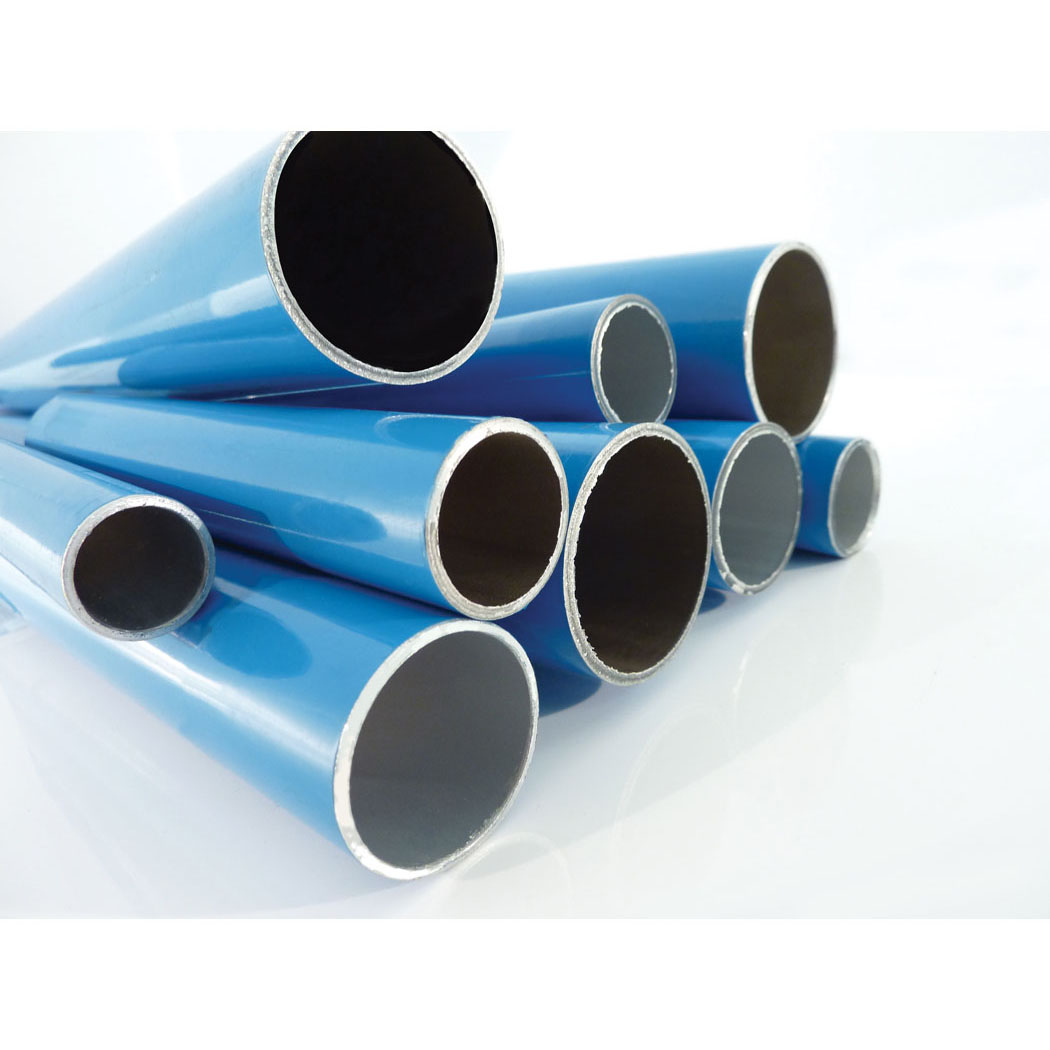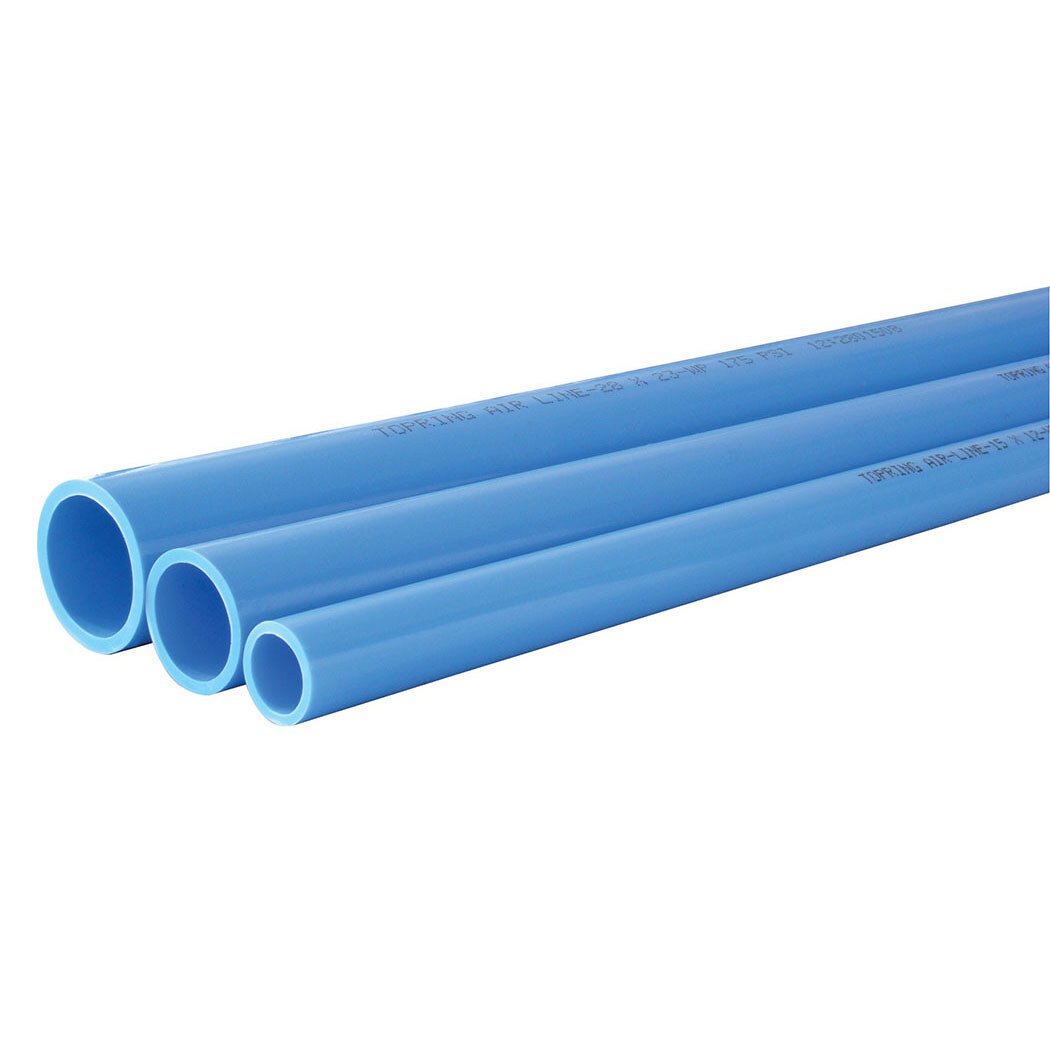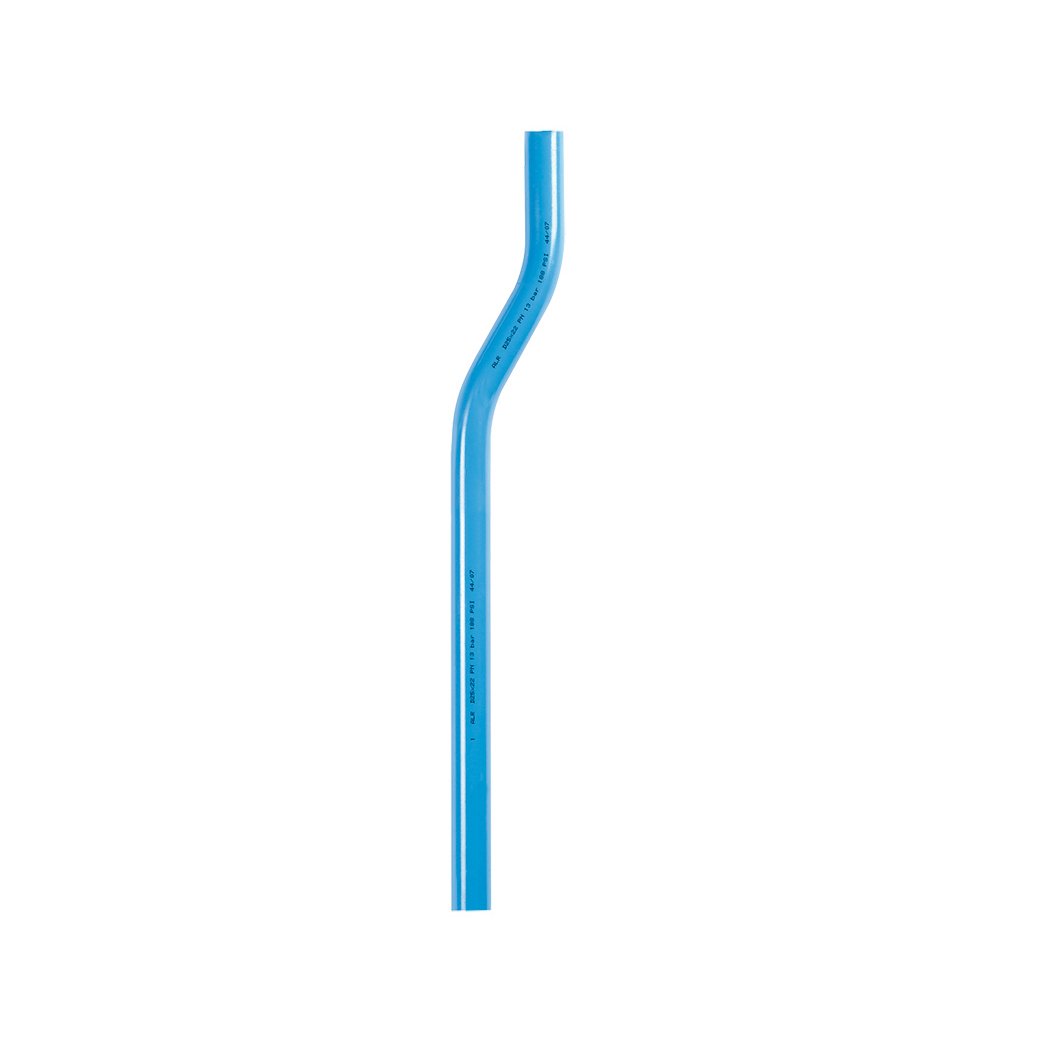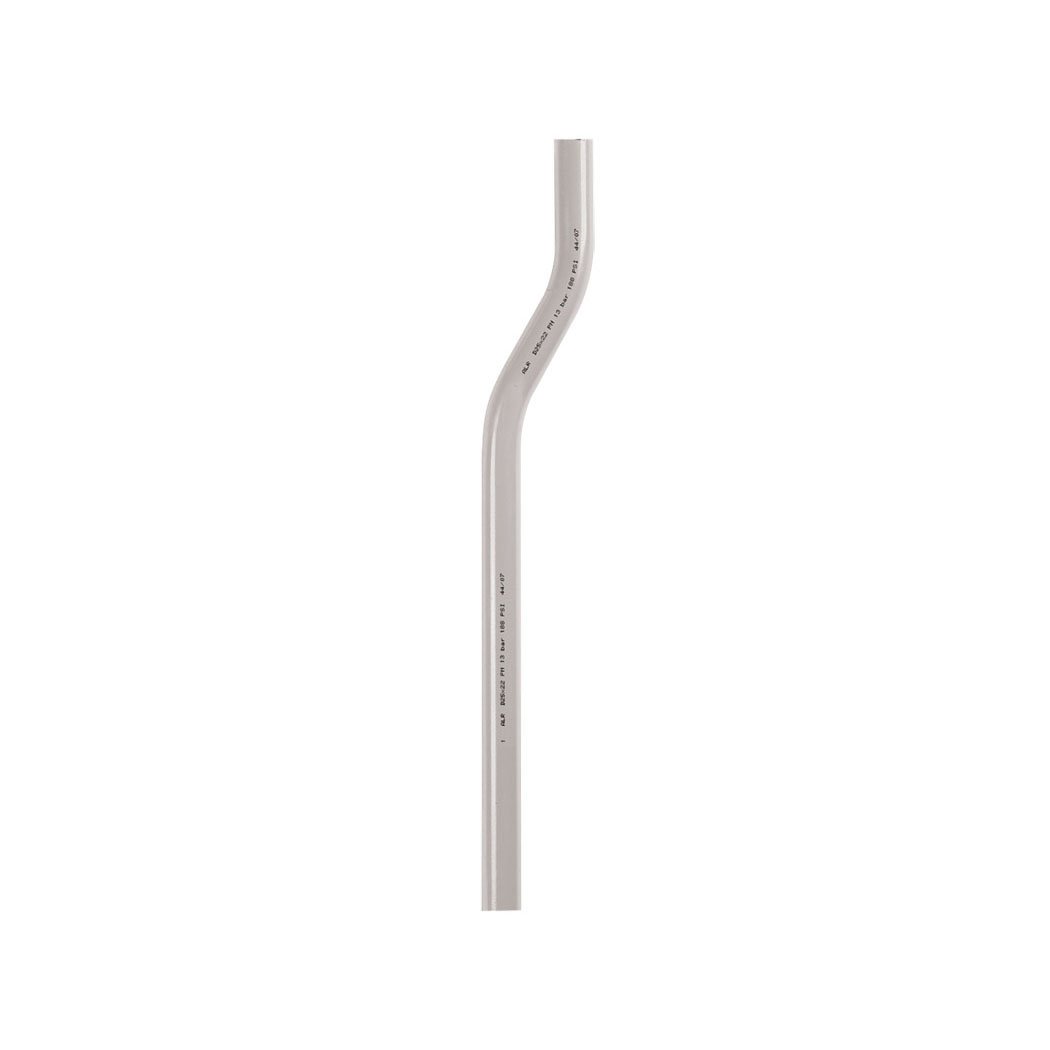Piping
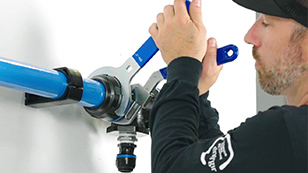
- …
Essential Considerations for Choosing Compressed Air Piping Systems
What should you consider when optimizing your processes and implementing, expanding, or upgrading a compressed air system?
We know that efficiency and reliability are paramount, so let us guide you through the world of compressed air piping.
Understanding Compressed Air Piping Systems
Compressed air piping forms the backbone of any compressed air system. Choosing the correct piping is crucial for ensuring optimal performance, minimizing energy loss, and maintaining air quality.
Critical Considerations for Compressed Air Piping
Material Selection:
The material of your piping system significantly impacts its performance and longevity. There are many options on the market, from more traditional materials like steel, brass, and stainless steel to newer technology like aluminum.
Aluminum is the most modern and performant material on the market today. It is smooth, does not corrode, and is simple and quick to install.
Although steel is the most widely used piping due to its material cost, installation, operational, and maintenance costs are much higher than aluminum. Moreover, steel is prone to corrosion and challenging (and lengthy) to install, particularly as its size increases due to its weight.
While other material options are available, such as copper, stainless steel, and polyamide, these are most often used in specific cases when necessary.
Installation and Maintenance:
Proper installation and regular maintenance are essential for ensuring the longevity and performance of your compressed air piping system. Topring Piping Systems are up to four times quicker to install than steel, even by an inexperienced installer. Often, one person can install aluminum piping. Find someone you trust who will take the time to ensure that you and your employees understand the ins and outs of installation.
Maintenance should not be overlooked, especially when using a steel compressed air system. No matter where their origins are, Leaks can cause significant operational costs and, if not addressed, can lead to a degradation of air quality, tool performance, and safety.


